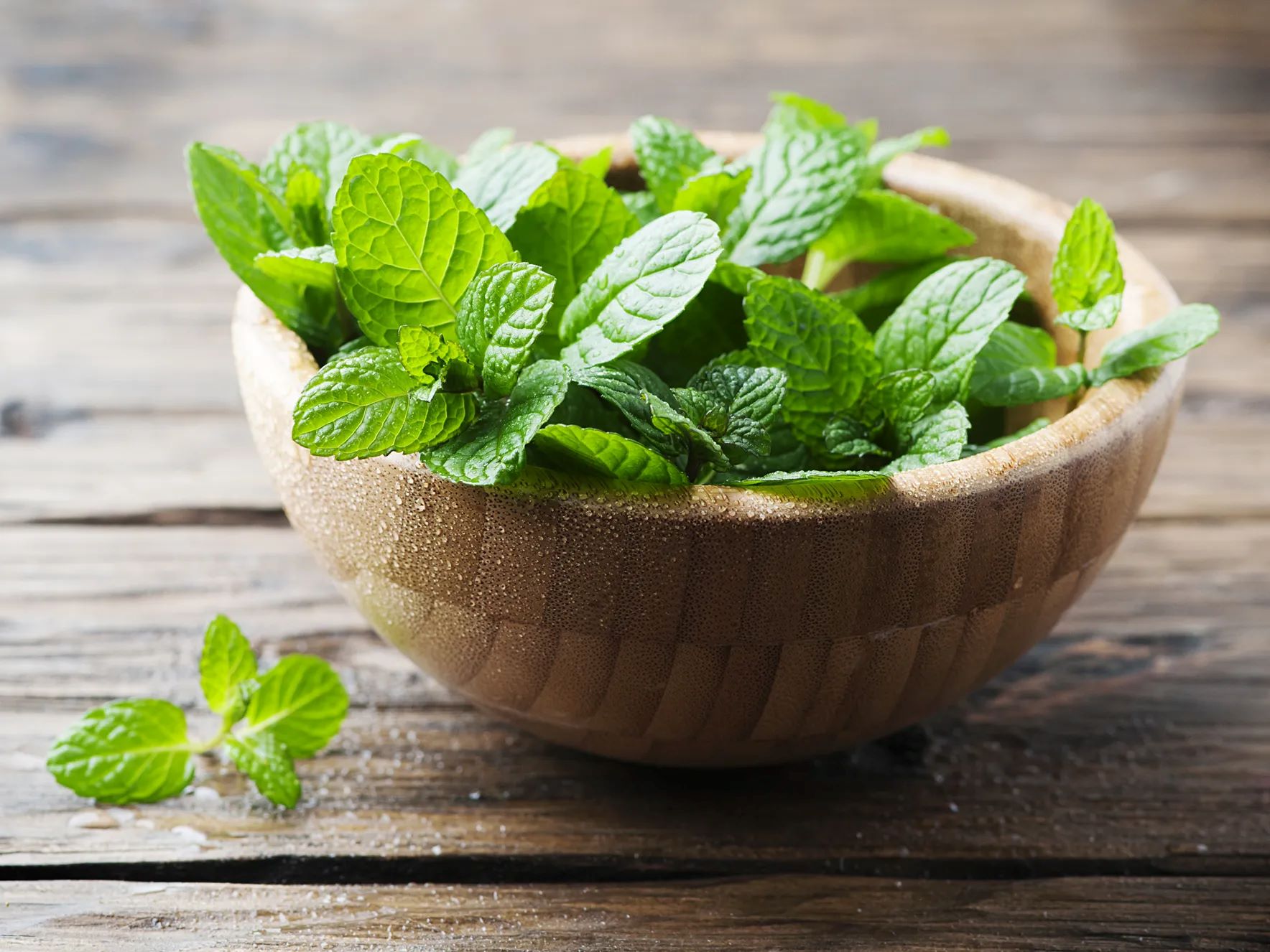

Articles
How To Store Fresh Mint In The Refrigerator
Modified: December 7, 2023
Learn the best ways to store fresh mint in the refrigerator to keep it fresher for longer. Read this helpful articles now!
(Many of the links in this article redirect to a specific reviewed product. Your purchase of these products through affiliate links helps to generate commission for Storables.com, at no extra cost. Learn more)
Introduction
Fresh mint is a versatile herb widely used in cooking, cocktails, and herbal remedies. Its refreshing flavor and aroma can brighten up a variety of dishes and beverages. However, keeping mint fresh can be a challenge due to its delicate nature. If not stored properly, it can wilt quickly and lose its vibrant flavor.
Properly storing fresh mint in the refrigerator is essential to ensure that it stays crisp and flavorful for longer periods. By following a few simple steps, you can extend the shelf life of your fresh mint and enjoy its delightful taste in your favorite recipes.
This article will guide you through the process of storing fresh mint in your refrigerator, from harvesting and cleaning the mint leaves to choosing the right storage container and maintaining its quality. By following these steps, you can preserve the freshness and flavor of your mint leaves, ensuring they’re ready to enhance your culinary creations whenever you need them.
Let’s dive in and discover the best practices for storing fresh mint in the refrigerator!
Key Takeaways:
- Properly storing fresh mint in the refrigerator prolongs its shelf life, preserves its flavor, and ensures convenient accessibility for enhancing culinary creations.
- Harvest, clean, prepare, store, and maintain fresh mint to enjoy its vibrant taste and aroma in a variety of dishes and beverages.
Read more: How To Store Fresh Mint
Importance of Properly Storing Fresh Mint
Properly storing fresh mint is crucial for maintaining its quality, flavor, and aroma. Whether you’ve grown it in your garden or purchased it from the store, ensuring that your mint stays fresh will enhance your culinary experience. Here are a few reasons why properly storing fresh mint is important:
- Prolongs Shelf Life: Mint leaves are highly perishable and can wilt quickly if not stored correctly. By storing fresh mint properly, you can extend its shelf life and enjoy it for longer periods.
- Preserves Flavor: Fresh mint leaves possess a vibrant and distinct flavor. By storing them properly, you can preserve their flavor, ensuring that they retain their aromatic and refreshing qualities.
- Retains Nutritional Value: Mint is not only flavorful but also packed with essential nutrients such as vitamins A and C, iron, and manganese. Proper storage helps preserve the nutritional value of mint leaves, so you can reap the health benefits of this herb for longer.
- Convenience and Accessibility: Storing fresh mint properly means it will be readily available whenever you need it. Instead of constantly buying or harvesting fresh mint, you can have a stash in your refrigerator, making it convenient to add a sprig or two to your dishes without any hassle.
- Versatility in Culinary Applications: Mint is a versatile herb used in various cuisines around the world. By properly storing it, you can have fresh mint on hand to infuse its unique flavor into salads, drinks, sauces, and more.
By understanding the importance of properly storing fresh mint, you can ensure that you make the most of this wonderful herb, enhancing your culinary creations with its fresh and delightful taste.
Step 1: Harvesting and Cleaning Fresh Mint
The first step in properly storing fresh mint is to harvest it from either your herb garden or the store. Whether you’re harvesting it yourself or buying it, make sure to choose mint leaves that are vibrant, green, and free from any signs of wilting or discoloration. Here’s how to harvest and clean fresh mint:
- Harvesting: When harvesting mint from your garden, it’s best to do it in the morning when the leaves are at their freshest. Using a pair of kitchen shears or sharp scissors, cut the mint stems just above a set of leaves. This method encourages new growth and allows you to harvest your mint multiple times throughout the growing season.
- Cleaning: Once you’ve harvested the mint, it’s important to clean it properly before storing it. Fill a basin or sink with cold water and immerse the mint sprigs in it. Agitate the mint gently to remove any dirt, debris, or insects. Allow the mint to soak for a few minutes to ensure thorough cleaning.
- Drying: After cleaning, remove the mint sprigs from the water and gently pat them dry using a clean kitchen towel or paper towels. Avoid rubbing the mint vigorously, as it can cause bruising and damage the delicate leaves.
- Trimming: Before storing, inspect the mint sprigs for any damaged or discolored leaves or stems. Use a pair of kitchen shears or scissors to trim away any undesirable portions. Removing damaged parts helps maintain the overall freshness of the mint leaves.
Harvesting and cleaning fresh mint ensures that you start the storage process with clean, fresh, and vibrant leaves. By following these steps, you lay the foundation for keeping your mint in optimal condition during its time in the refrigerator.
Step 2: Preparing Fresh Mint for Refrigeration
After harvesting and cleaning your fresh mint, the next step is to prepare it for refrigeration. Properly preparing the mint before storage helps maintain its quality and ensures that it stays fresh for longer. Here’s how to prepare fresh mint for refrigeration:
- Remove Excess Moisture: Excessive moisture can accelerate the wilting process and promote the growth of mold or bacteria. Gently shake the mint sprigs, or place them on a clean kitchen towel or paper towels to absorb any remaining water. Allow the mint to air dry for a few minutes before proceeding to the next step.
- Consider the Usage: Think about how you plan to use the fresh mint in the future. If you intend to use it for garnishing or infusing drinks, leaving the mint leaves intact on the stem can make it easier to handle. However, if you plan to use the leaves for cooking or recipes where the stems are not needed, remove the leaves from the stem by gently running your fingers along the stem in the opposite direction of the leaves’ growth.
- Size of Mint Portions: Depending on your needs, you can leave the mint leaves in larger sprigs or chop them into smaller portions. Consider the recipes you’ll be using the mint in and determine the ideal size for storage. Smaller portions can be more convenient for measuring or adding to dishes, while larger sprigs may be preferred for presentation purposes.
- Sort and Separate: If you have different varieties of mint or mint leaves with varying degrees of freshness, it’s a good idea to sort and separate them. This allows you to use the mint that might be wilting or showing signs of age first, ensuring none goes to waste.
By properly preparing fresh mint for refrigeration, you set the stage for successful storage. Removing excess moisture, considering the usage, determining mint portion sizes, and sorting and separating the leaves help maintain the mint’s integrity and ensure it remains fresh and ready to use when needed.
Step 3: Choosing the Right Storage Container
Choosing the right storage container for your fresh mint is essential to maintain its freshness and prevent any moisture buildup or cross-contamination. The ideal storage container will provide a controlled environment that minimizes the exposure of the mint to air and moisture. Here are some factors to consider when selecting a storage container:
- Airtight and Sealable: Opt for an airtight container that can be sealed tightly to prevent air circulation. Air exposure can cause the mint leaves to wilt and lose their flavor quickly. The container should have a snug-fitting lid to keep the mint fresh for a longer duration.
- Transparent or Translucent: If possible, choose a storage container that is transparent or translucent. This allows you to easily see the contents without opening the lid, minimizing unnecessary exposure to air and moisture.
- Size and Shape: Select a container that provides enough space for the mint leaves without overcrowding them. Overcrowding can lead to bruising and damage, which can accelerate wilting. The shape of the container should also accommodate the size and shape of your mint sprigs or portions.
- BPA-Free and Food-Safe: Ensure that the storage container is made of food-grade material that is safe for storing fresh produce. Look for containers that are BPA-free to avoid any potential health hazards.
- Stackable: If you plan to store multiple containers of fresh mint, consider choosing stackable containers. This saves space in the refrigerator and keeps your storage area organized.
Choosing the right storage container plays a crucial role in maintaining the freshness and quality of your fresh mint. An airtight, sealable, transparent or translucent, appropriately sized, food-safe, and stackable container will keep your mint in optimal condition throughout its time in the refrigerator.
To store fresh mint in the refrigerator, place the stems in a glass of water, cover the leaves with a plastic bag, and store in the fridge. Change the water every few days to keep the mint fresh.
Read more: How To Store Fresh Basil And Mint
Step 4: Storing Fresh Mint in the Refrigerator
Storing fresh mint properly in the refrigerator is key to preserving its taste, aroma, and appearance. The refrigerator provides a cool and controlled environment that helps slow down the wilting process and keeps the mint fresh for longer. Follow these steps to store your fresh mint in the refrigerator:
- Line the Container: Before placing the mint in the storage container, consider lining it with a dry paper towel or a clean kitchen towel. This helps absorb any excess moisture and prevents it from coming into direct contact with the mint leaves.
- Place the Mint: Arrange the mint leaves or sprigs in a single layer inside the container. Be gentle to avoid bruising or damaging the delicate leaves. If you have multiple varieties or portions of mint, consider storing them separately or organizing them in a way that makes it easy to identify each type.
- Seal the Container: Once the mint is placed in the container, seal it tightly to create an airtight environment. This helps prevent the entry of air and moisture, which can cause the mint to wilt and lose its freshness. Ensure that the lid is securely closed.
- Choose the Ideal Refrigerator Section: The ideal section of the refrigerator for storing fresh mint is the crisper drawer or the vegetable compartment. These areas generally have higher humidity levels and are specifically designed for storing produce. If your refrigerator has adjustable humidity settings, opt for higher humidity to maintain the mint’s freshness.
- Keep Away from Ethylene-Producing Foods: Ethylene is a natural gas that accelerates the ripening and wilting of produce. To prolong the freshness of your mint, store it away from ethylene-producing fruits and vegetables such as apples, bananas, and tomatoes.
- Avoid Overpacking: It’s important not to overcrowd the mint in the refrigerator. Overpacking can lead to restricted airflow and increased moisture buildup, which can cause the mint to wilt prematurely. Leave enough space around the container to allow for proper air circulation.
By following these steps, you can ensure that your fresh mint remains in optimal condition throughout its storage in the refrigerator. Properly sealed containers and the right location in the refrigerator help maintain the mint’s freshness, allowing you to enjoy its delightful taste and aroma in your culinary creations.
Step 5: Maintaining Fresh Mint’s Quality and Flavor
Once you have stored fresh mint in the refrigerator, it’s important to take further steps to maintain its quality and flavor. This will ensure that the mint stays fresh and vibrant, ready to enhance your dishes and beverages. Follow these tips to maintain your fresh mint’s quality and flavor:
- Check and Refresh: Regularly check on your stored mint to ensure that it remains fresh. Remove any wilted or discolored leaves as they can affect the overall quality of the mint. If needed, refresh the mint by rinsing it gently under cold water and patting it dry before returning it to the refrigerator.
- Store Whole Leaves: If possible, store the mint leaves in their whole form until needed. This helps retain their flavor and aroma for longer. Only chop or bruise the leaves just before using them to avoid premature loss of flavor.
- Avoid Moisture: Moisture can cause the mint leaves to wilt quickly. Check the storage container regularly for any condensation or excess moisture. If you notice any, carefully dry the leaves or replace the paper towel lining the container.
- Minimize Handling: Excessive handling can lead to bruising and damage to the mint leaves, accelerating their deterioration. Avoid unnecessary touching or squeezing of the leaves when retrieving them from the storage container. Use clean kitchen shears or scissors to cut off the desired amount instead.
- Use within a Week: Fresh mint is best used within a week of storage in the refrigerator. It is during this time that the mint retains its peak flavor and aroma. After a week, the flavor may start to diminish, and wilted leaves may become more prominent.
- Consider Freezing: If you find that you’re unable to use all the fresh mint within a week, consider freezing it for longer storage. Place clean and dry mint leaves in a freezer-safe bag or container, and store them in the freezer for up to six months. Frozen mint is perfect for infusing drinks or adding to cooked dishes.
By following these tips, you can maintain the quality and flavor of your fresh mint for as long as possible. Regularly checking, avoiding excess moisture, and minimizing handling will help prolong its freshness, ensuring that you can enjoy the delightful taste and aroma of mint in your culinary creations.
Step 6: Using Stored Fresh Mint
When the time comes to use your stored fresh mint, there are a few things to keep in mind to make the most of its flavor and fragrance. Follow these steps to properly utilize your preserved mint:
- Plan Ahead: Before you start cooking or preparing your beverages, decide how much mint you need to use. This will help minimize unnecessary exposure and prevent any leftover mint from wilting.
- Handle with Care: When retrieving mint from the storage container, handle it gently to avoid bruising the leaves. Select the leaves or sprigs you need and return the remaining mint to the refrigerator promptly.
- Freshen Leaves, if Desired: If you find that the mint leaves have lost some of their crispness, you can refresh them by placing them in a bowl of cold water for a few minutes. This technique can help revitalize the leaves before use.
- Chop or Tear Just Before Use: For optimal flavor and aroma, it’s best to chop or tear the mint leaves just before using them. This helps release their essential oils and preserves their freshness. Avoid chopping or tearing the leaves too far in advance, as they can wilt and lose their overall quality.
- Use as Garnish or Infusion: Fresh mint is perfect for adding a burst of flavor and visual appeal as a garnish. Sprinkle chopped or whole leaves over desserts, salads, or drinks to enhance their presentation. You can also infuse fresh mint into syrups, sauces, or beverages, such as tea or cocktails, to impart its refreshing taste.
- Experiment with Recipes: Don’t be afraid to get creative with your fresh mint! Explore different recipes and cuisines that highlight the herb’s unique flavor. From mint-infused sauces and dressings to minted fruit salads and even homemade mint ice cream, there are countless ways to incorporate fresh mint into your culinary creations.
By following these steps, you can make the most of your stored fresh mint. Handling the mint with care, refreshing the leaves if needed, and using them in a timely manner will ensure that you enjoy the full flavor and aroma that fresh mint has to offer.
Conclusion
Properly storing fresh mint in the refrigerator is essential to maintain its quality, flavor, and aroma. By following a few simple steps, you can ensure that your mint stays fresh for longer, allowing you to enjoy its delightful taste in your culinary creations whenever you need it.
From harvesting and cleaning the fresh mint to choosing the right storage container and maintaining its quality, each step in the process plays a crucial role in preserving the mint’s freshness. By removing excess moisture, preparing the mint for refrigeration, and selecting the appropriate storage container, you create an optimal environment for the mint’s longevity.
Remember to regularly check your mint, remove any wilted leaves, and avoid excess moisture to maintain its quality and flavor. Plan your usage, handle the mint with care, and consider refreshing the leaves if needed before incorporating them into your dishes or beverages. And if you find that you’re unable to use all the mint within a week, freeze it to extend its shelf life.
With these tips and steps in mind, you can confidently store fresh mint in the refrigerator, knowing that it will stay fresh and vibrant for all your culinary endeavors. So go ahead, harness the refreshing flavor of mint in your recipes, and elevate your dishes and drinks with the delightful taste of this versatile herb!
Frequently Asked Questions about How To Store Fresh Mint In The Refrigerator
Was this page helpful?
At Storables.com, we guarantee accurate and reliable information. Our content, validated by Expert Board Contributors, is crafted following stringent Editorial Policies. We're committed to providing you with well-researched, expert-backed insights for all your informational needs.
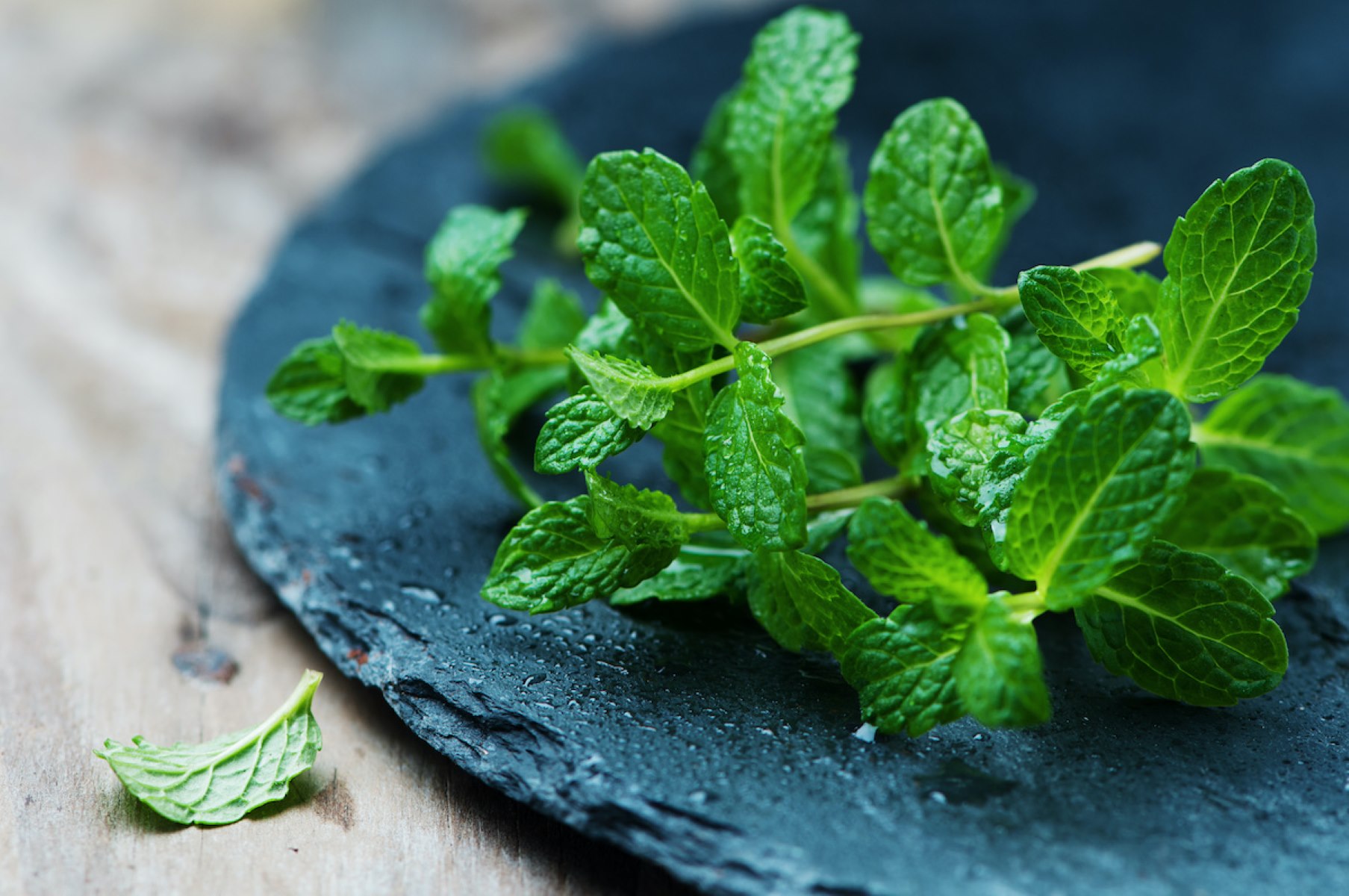
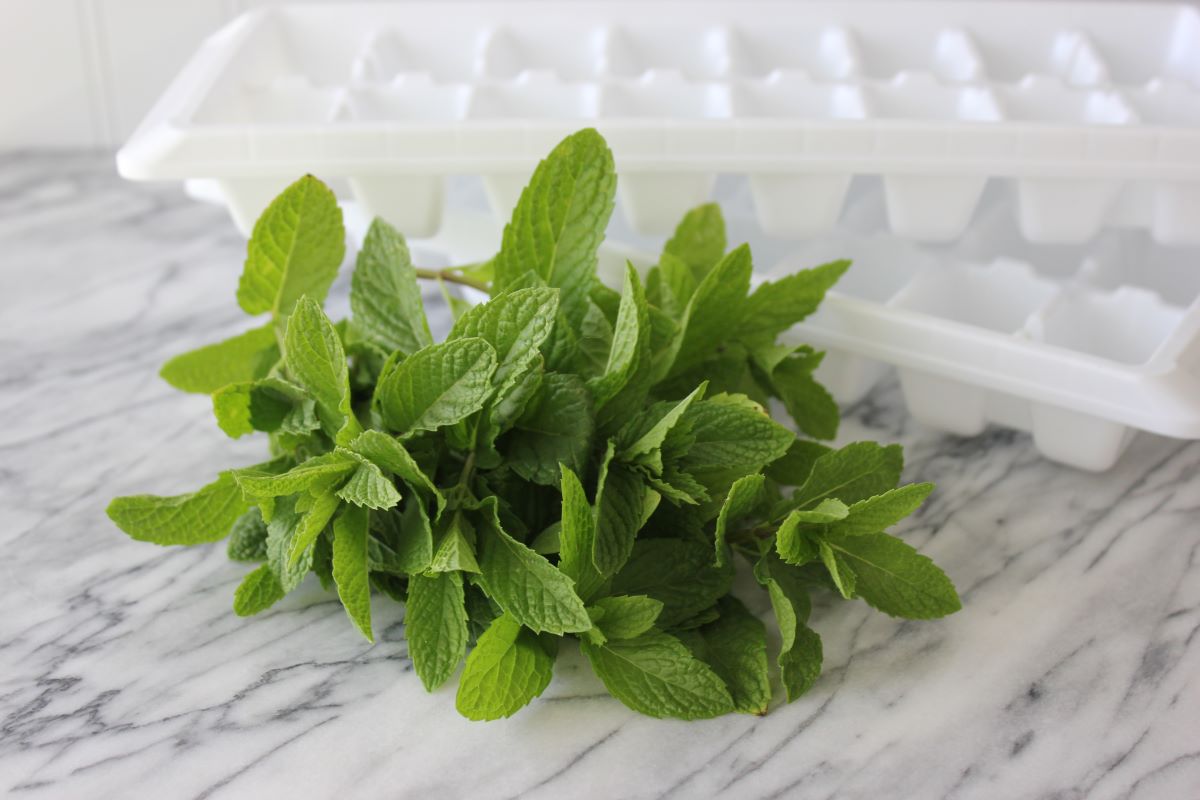
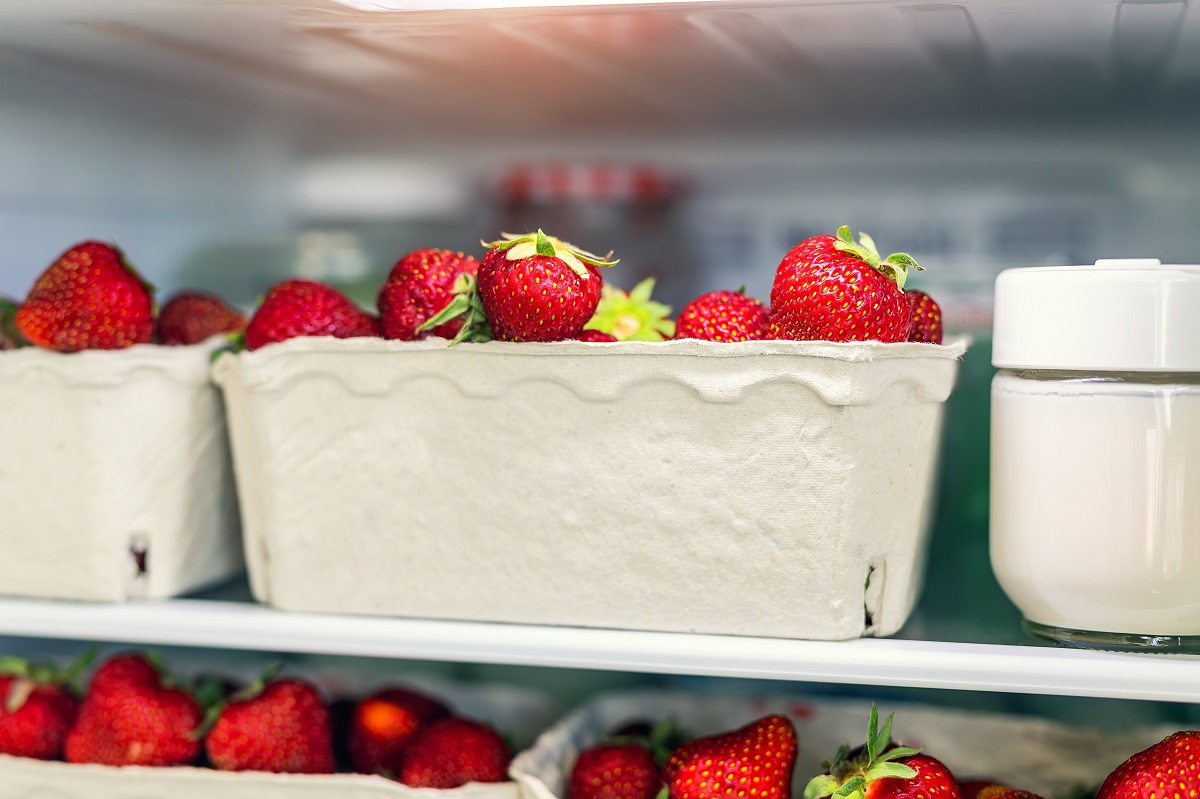
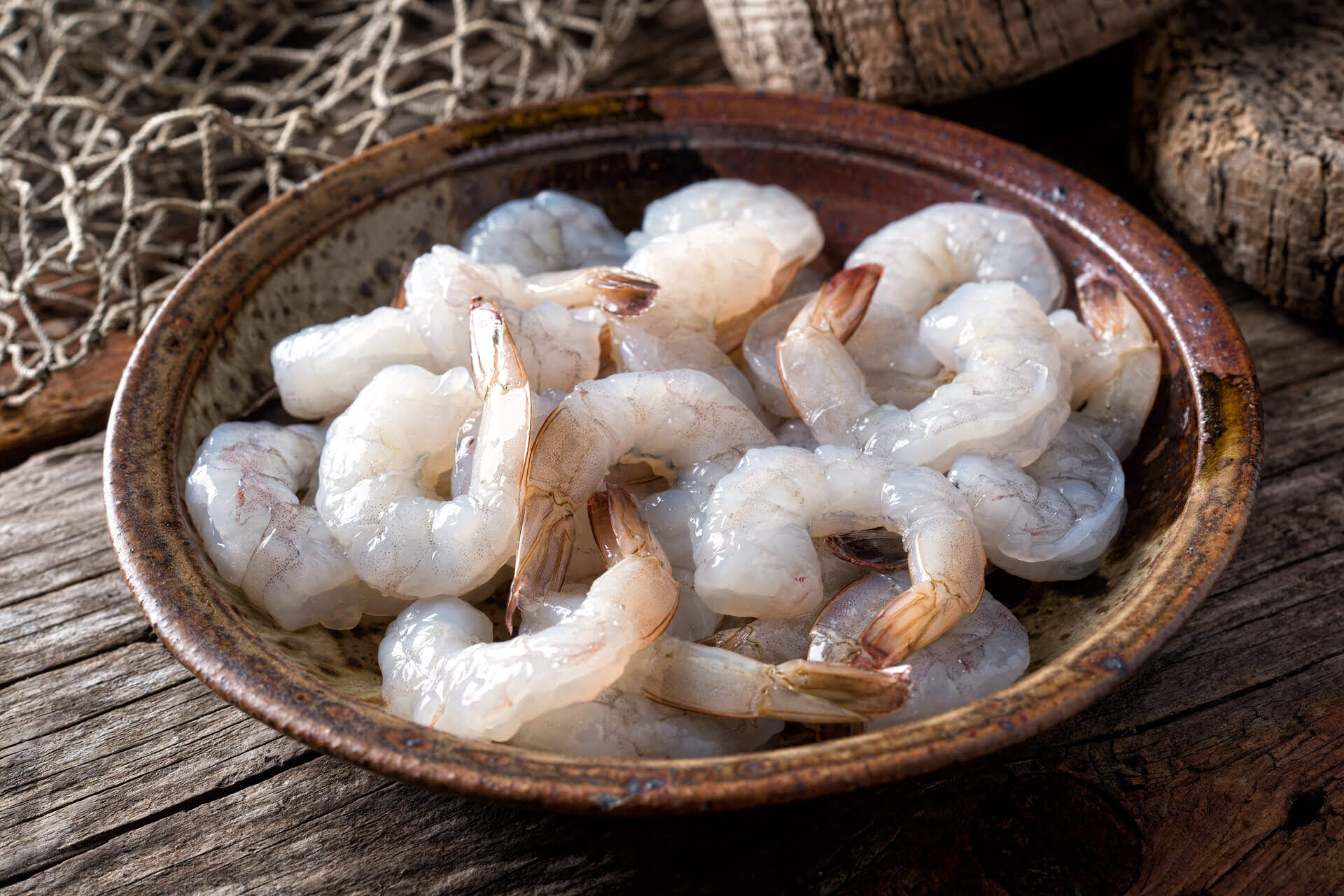
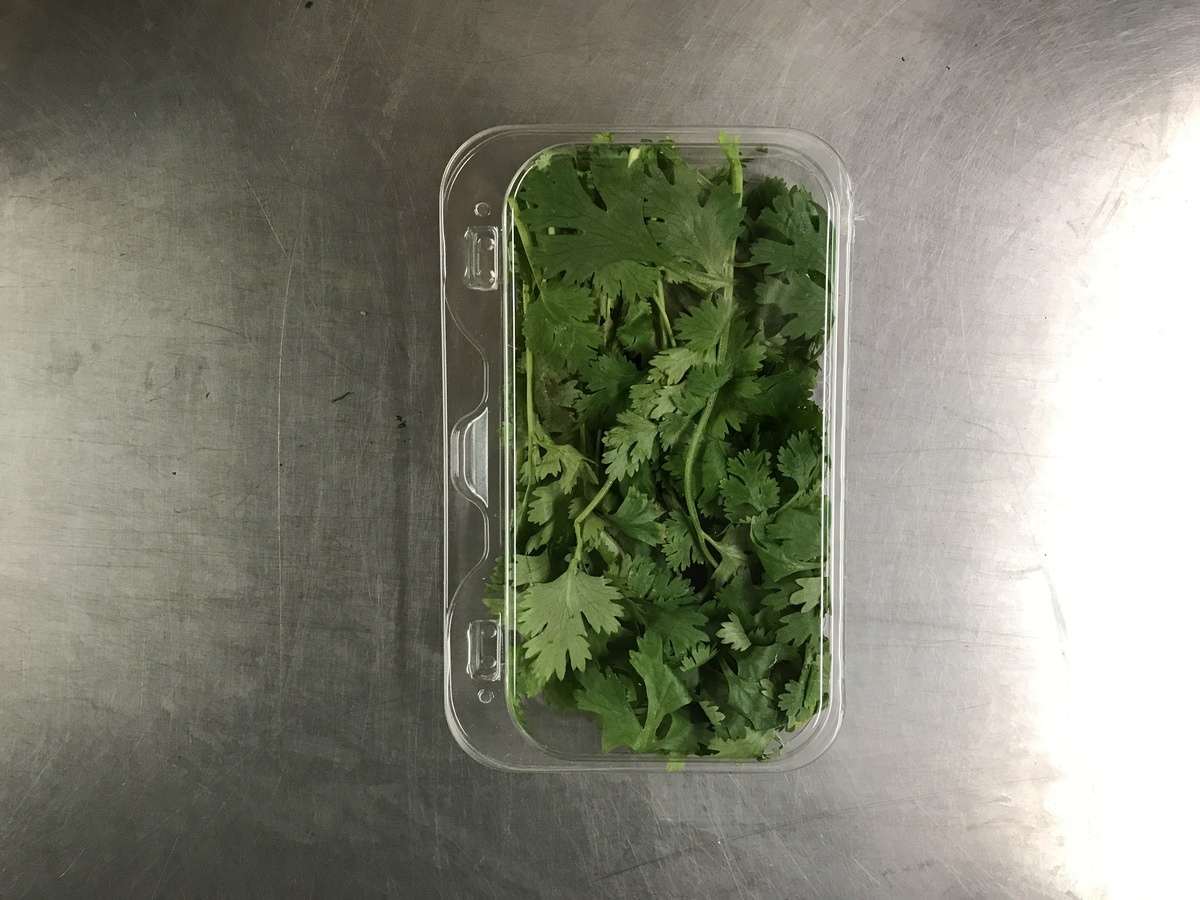
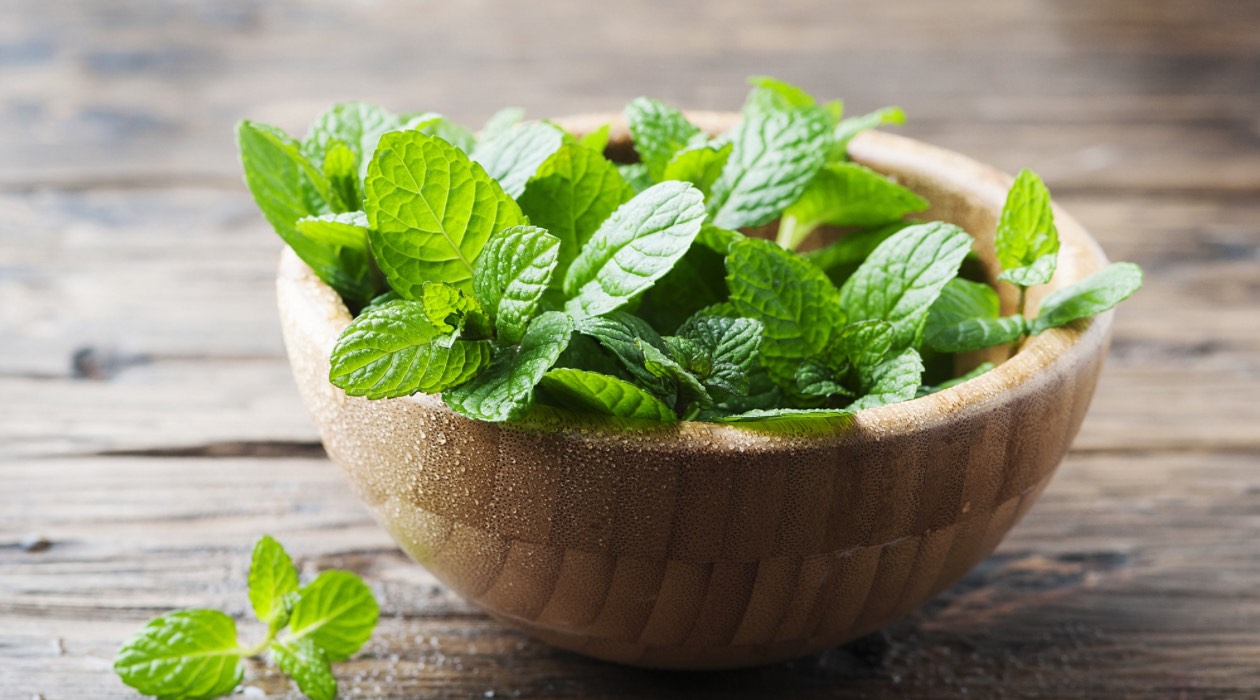

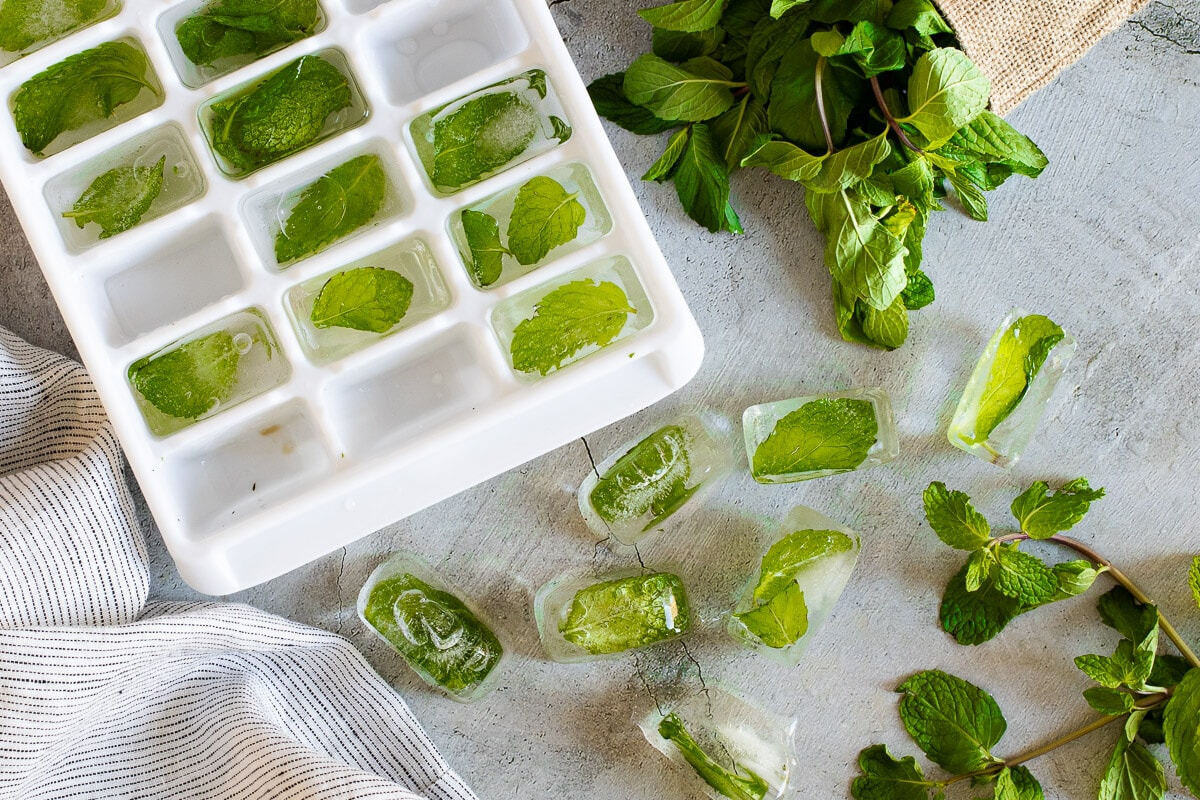
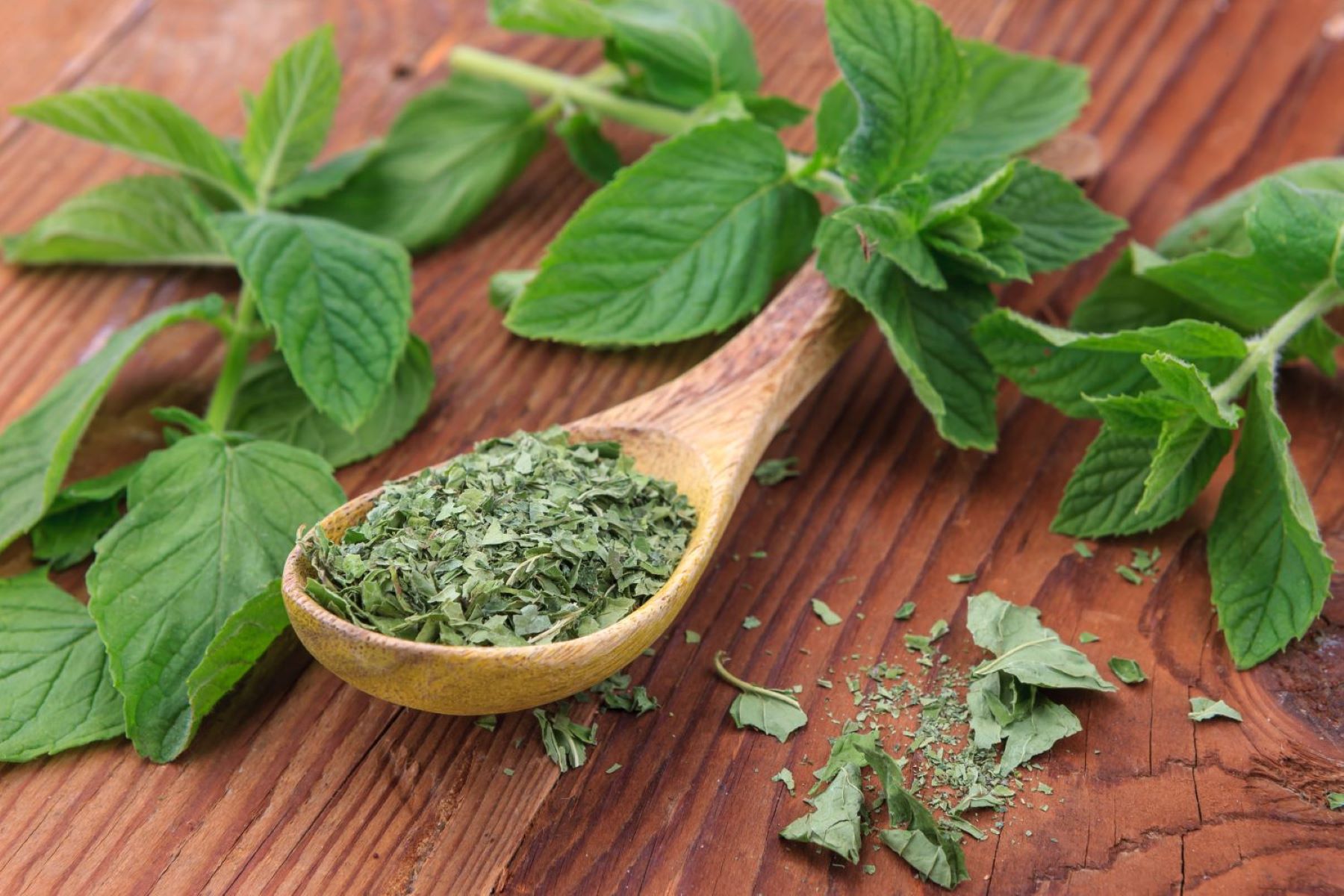
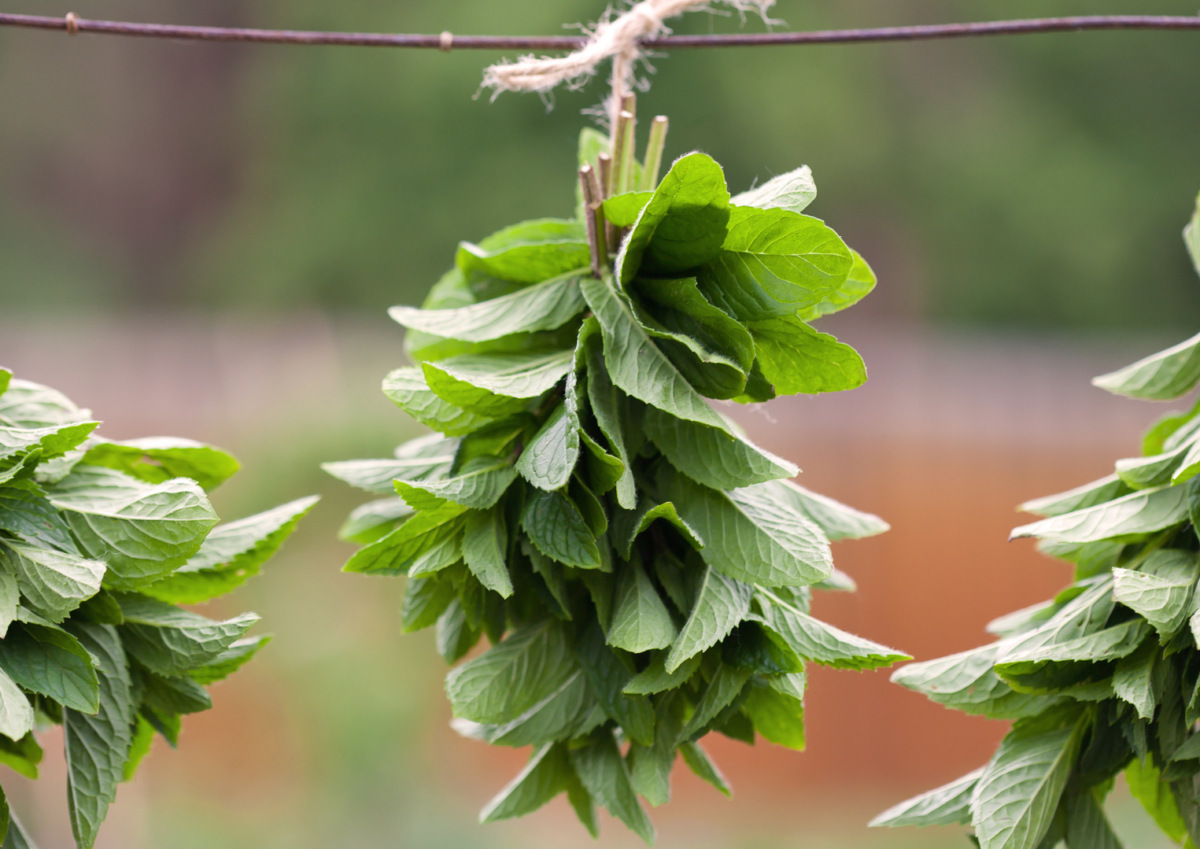
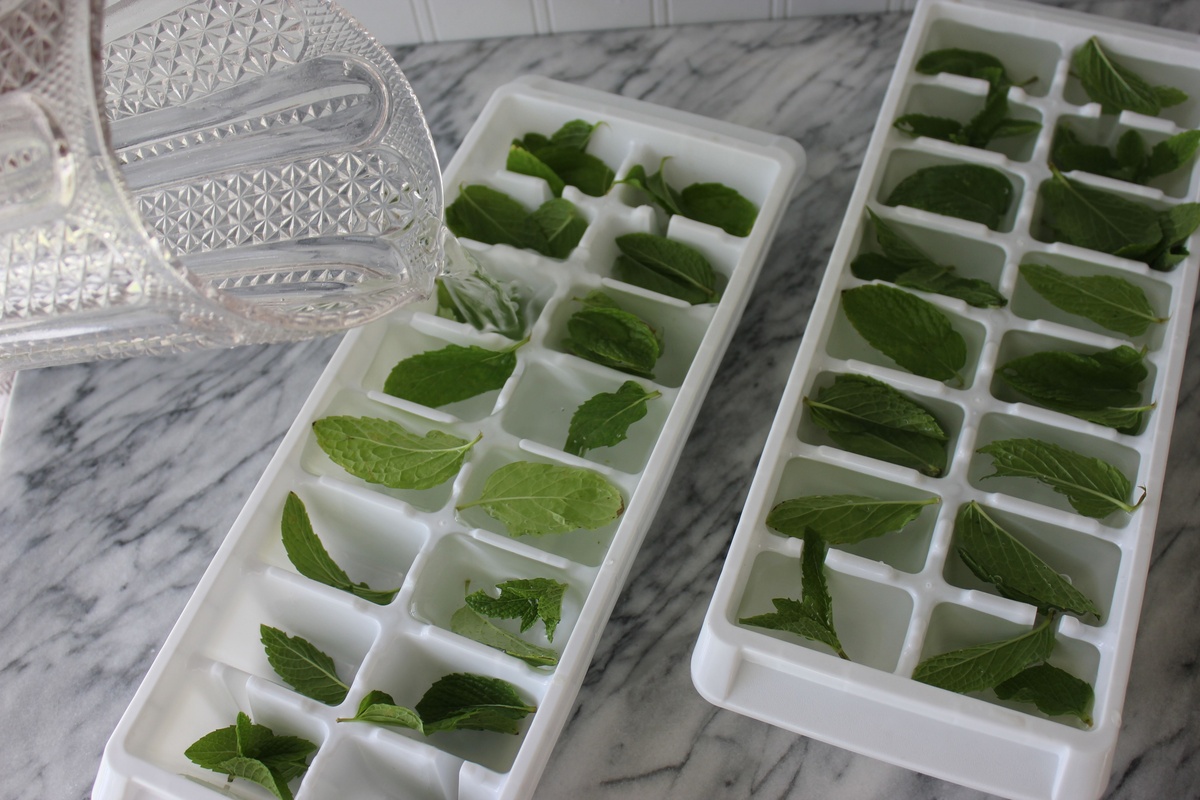
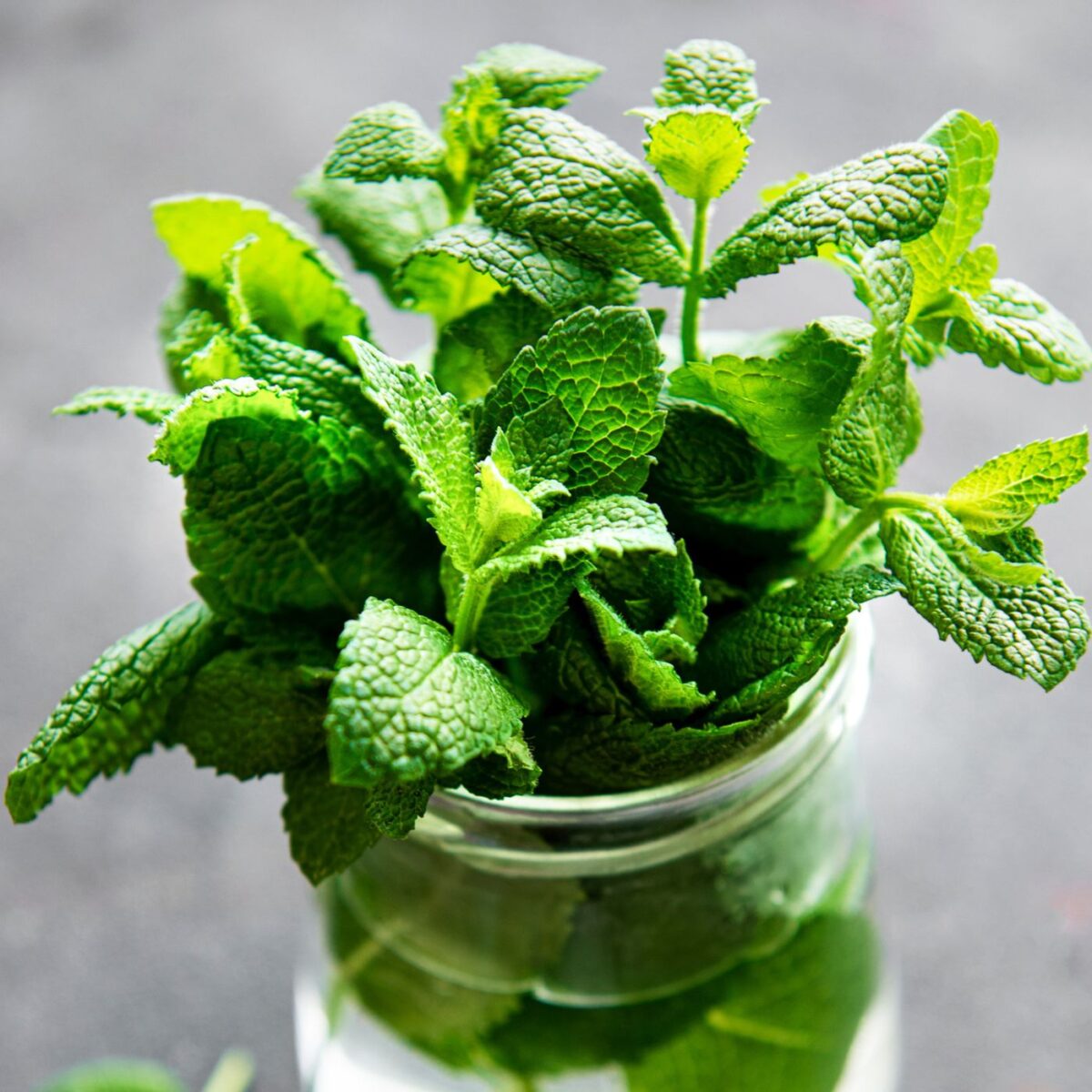
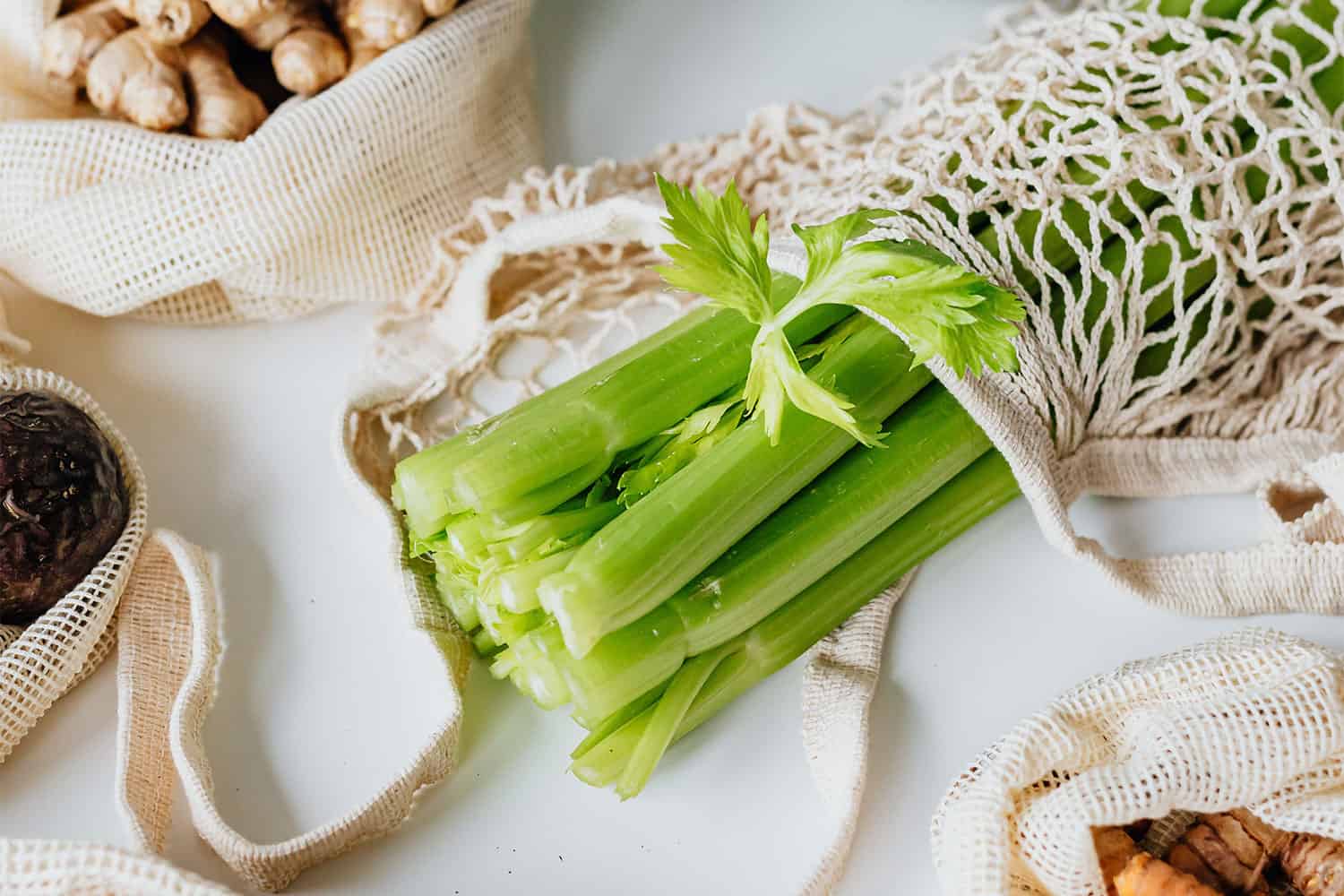
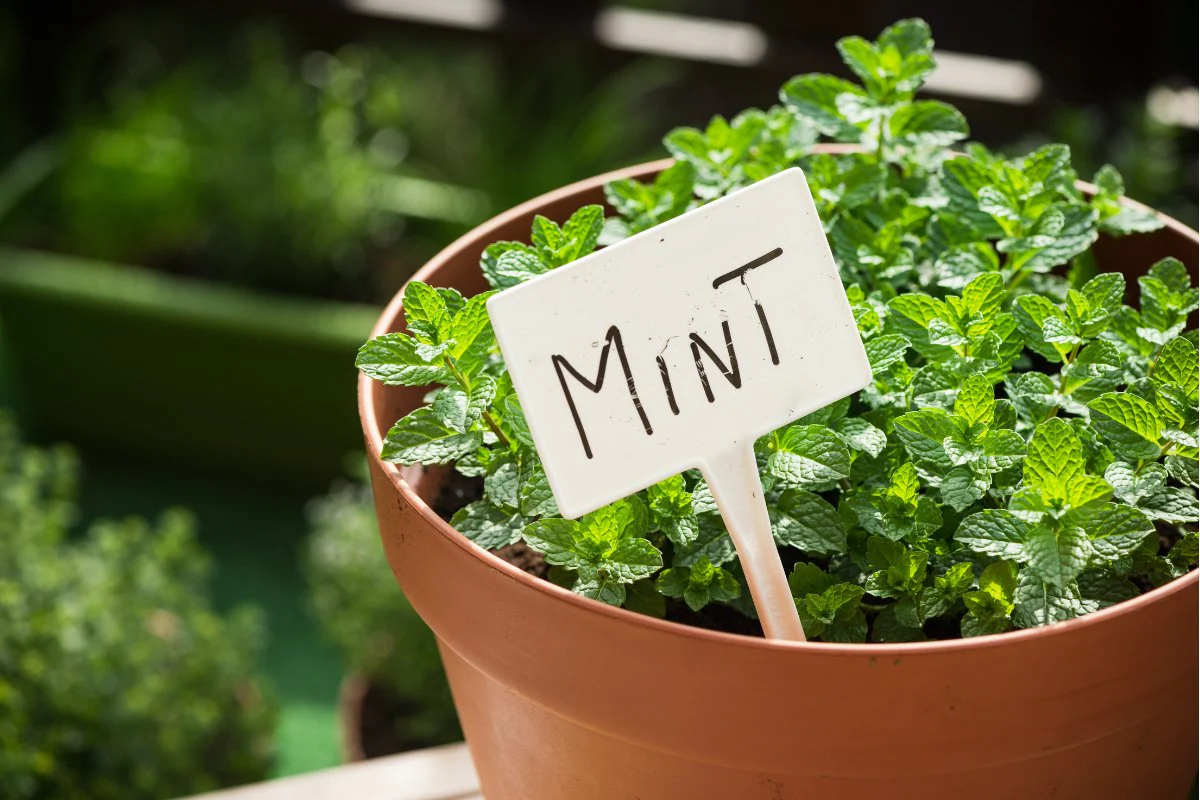

0 thoughts on “How To Store Fresh Mint In The Refrigerator”